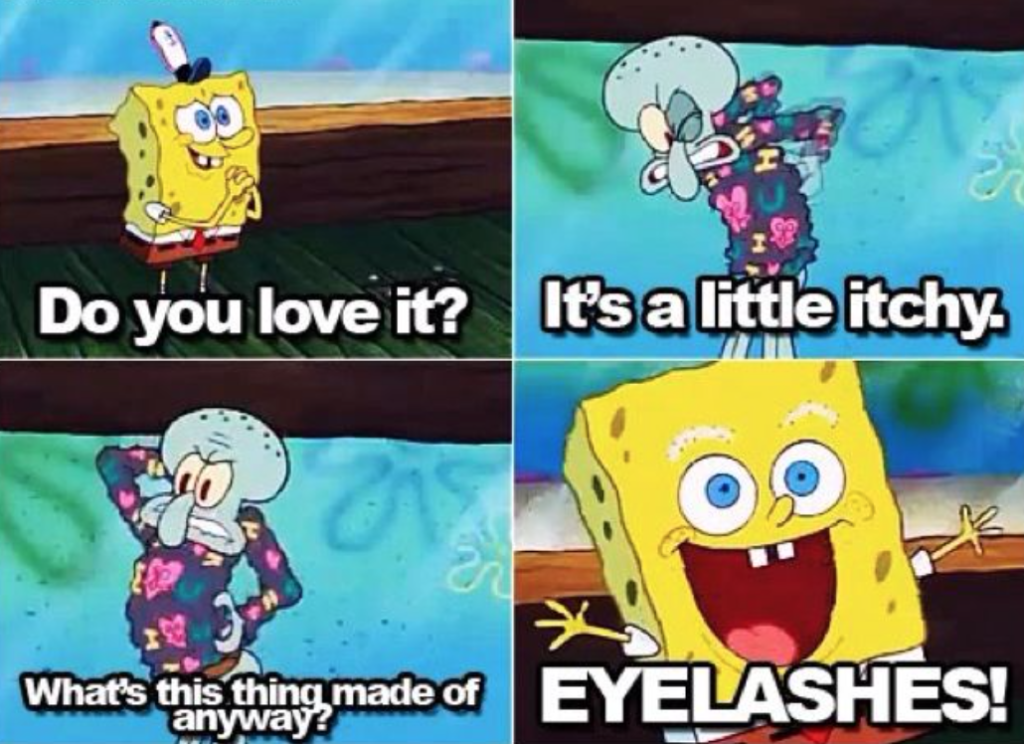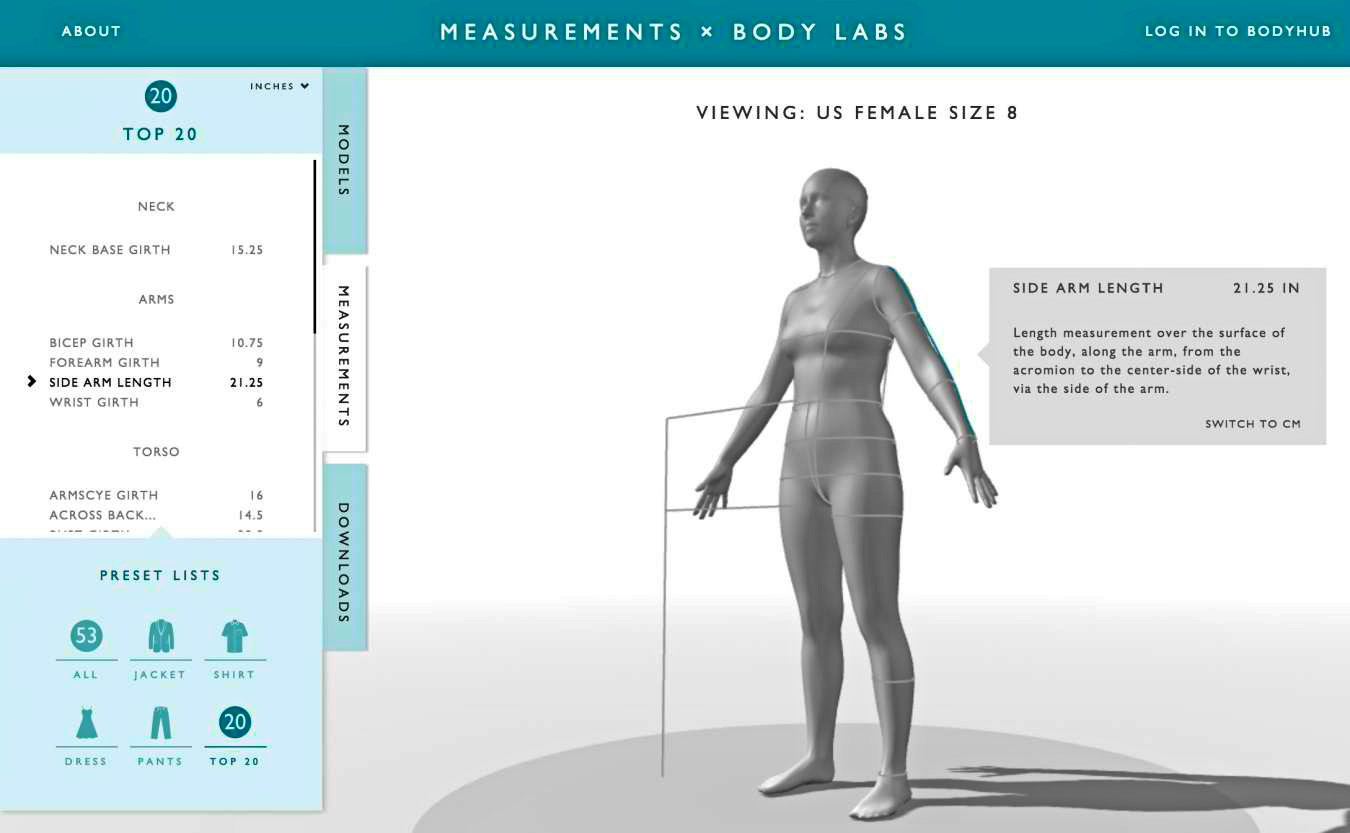Fashion has always been a staple in society. Worn for comfort, work, or style, fashion has often told a story of the person wearing it. Even someone who doesn’t like all the “frilly stuff” can agree their steel-toed boots indicate they work in some hands-on field.
Or the person with the more than overtly expensive bag makes a lot of money. Maybe even the individual wearing a warm flannel lives in cold conditions. Fashion also helps us to attract a partner, if we want one. What we wear and how we wear it plays a key factor in everyday life.
What happens though when fashion transcends physical bonds? What does fashion mean if not to be worn and shown off or for work and comfort? Sounds a little crazy and potentially unnecessary right?
Well, it is becoming a reality. Hubspot reported millions of dollars being poured into fashion in the metaverse. Lighting shoes, sparkly dresses, and accessories galore. Fashion NFTs are being sold in the thousands, not only by Metaverse companies but also by reputable physical brands like Dolce & Gabbana, Nike, and Gucci.
There are even whole dedicated companies to metaverse fashion like Space Runners who have amassed a whopping 10 million in seed funding already. The whole idea for Space Runners is to create community and weed out exclusivity.
I can understand that a lot of brands in today’s world make 10 of something, jack up the price, and suddenly someone’s house has a second mortgage for something rare. They horde it like Golem from Lord of the Rings and it alienates people who cannot afford such luxuries.
There is also the plus of reducing textile waste whilst still being able to enjoy lavish fashion. Company creativity knows no bonds in a world with no physics and rules. You could create anything your heart desires. If you want a dress that is made of a unicorn’s mane or a button-down created from daises, you can do it. Or our favorite, sweaters made of eyelashes.

Being online all the time for people isn’t anything new, so making avatars and dressing them in your favorite fashion could be fun. The same stories clothing tells in real life can now be told online.
I get it, however, it just makes me do a double-take. Spending money on virtual fashion seems kinda like a waste of money. Why not spend that money on sustainable clothing for your physical body that will last?
Metaverse fashion is projected to grow into the billions by 2030. Maybe at that time, we will see more brands online in this way and there will be a larger fanbase for this type of industry. I am interested to see where this goes, even if I won’t be partaking myself.
A native New Englander who migrated to Austin on a whim, Stephanie Dominique is a freelance copywriter, novelist, and certificate enthusiast. When she's not getting howled at by two dachshunds or inhaling enough sugar to put a giant into shock, she is reading, cooking or writing about her passions.










































